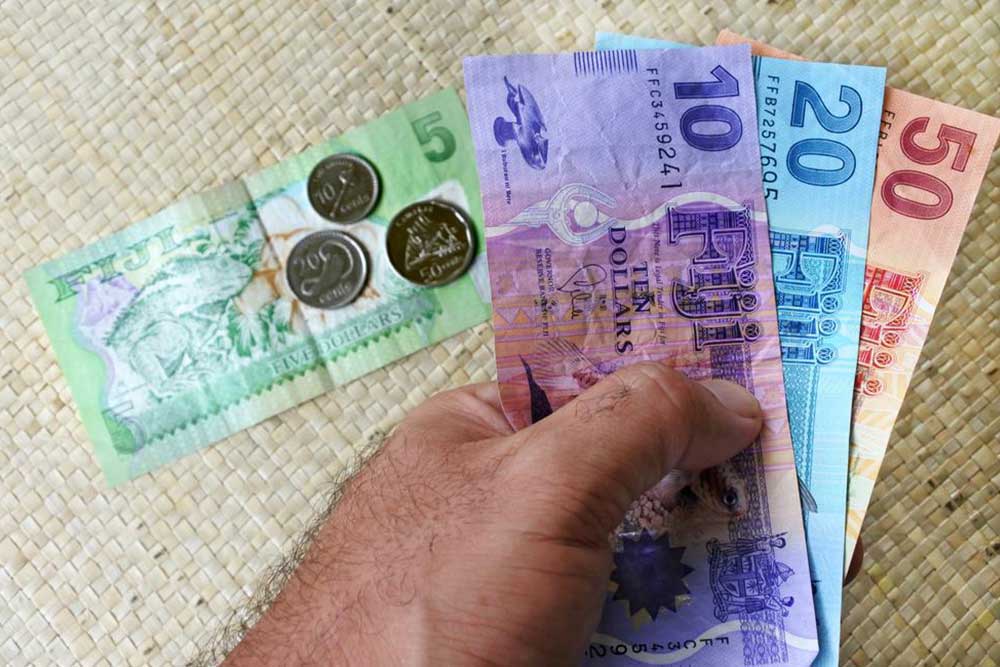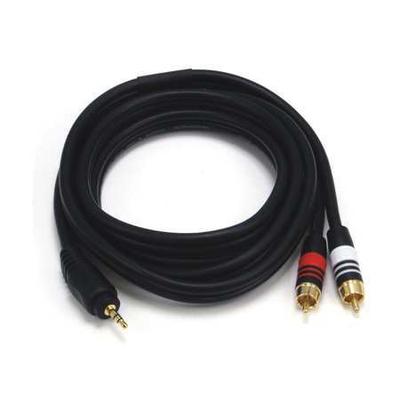The Basics of Foreign Currency Trading

Foreign exchange or forex refers to the process of buying and selling of foreign currency. It is traded across different markets in the world and is a simple and convenient process. Before you take the next step in foreign currency trading, here is all you need to know.
Currencies are always traded in pairs. With currency pairs, you may see the cost of one currency relative to another. For instance, you may exchange the US Dollars (USD) for Indian Rupees (INR) or choose any two other currencies for an exchange.
Every currency is denoted by its symbol. In foreign currency trading, one symbol represents one currency and its pair is represented by another symbol. You need to identify the symbol for the currency you want to trade in. For example, the symbol for the Japanese Yen is JPY and that for the Canadian Dollar is CAD.
Each currency has a market price associated with it. Every single pair in the market will carry a market price. The market prices show the amount of second currency it will take to buy one unit of the first currency. For example, the USD/INR price will tell you the sum of INR that you will need to spend to buy one USD.
For the purpose of trading, the first currency which is listed in the pair is the directional currency. Therefore, when you see a chart and the price is moving upwards, it shows that the first currency is moving higher relative to the second. If it is falling, then the first currency is declining in value with regard to the other currency in the pair.
The currency pairs move about 50 to 100 pips in a day where a pip is the fourth decimal place in a currency pair. The trick to making money on the sale is that you buy currency at a lower rate and sell it when the pip has moved upwards.
Your profit in foreign currency trading will depend on the amount of currency you purchased. You need to multiply the profit earned on one unit with the total amount of currency you hold.
It is advisable to only venture into foreign currency trading when you have gained thorough knowledge about how it works and what the movement means. You need to keep in mind that you are investing in something dynamic and if you make a wrong decision, you could end up losing money.
Recent Articles
Recent Questions
What kind of life insurance builds cash value?
The rest of the premium payment will go toward your policy's cash value. The life insurance company generally invests this money in a conservative-yield investment. As you continue to pay premiums on the policy and earn more interest, the cash value grows over the years.
What is meant by insurance plans?
An insurance plan is the one that consists of a premium amount and other components used in getting a product insured. There may be various types of insurance plans with varying terms and policies.
What are the common components of insurance?
The most important components of most insurance plans are the premium and the contract. Anything written in the contract becomes its crucial component.
What are the various types of insurance policies?
There are various kinds on insurance policies that are available on various assets. Auto, health, commercial vehicle, and travel insurance are some of the popular types of insurance policies.








